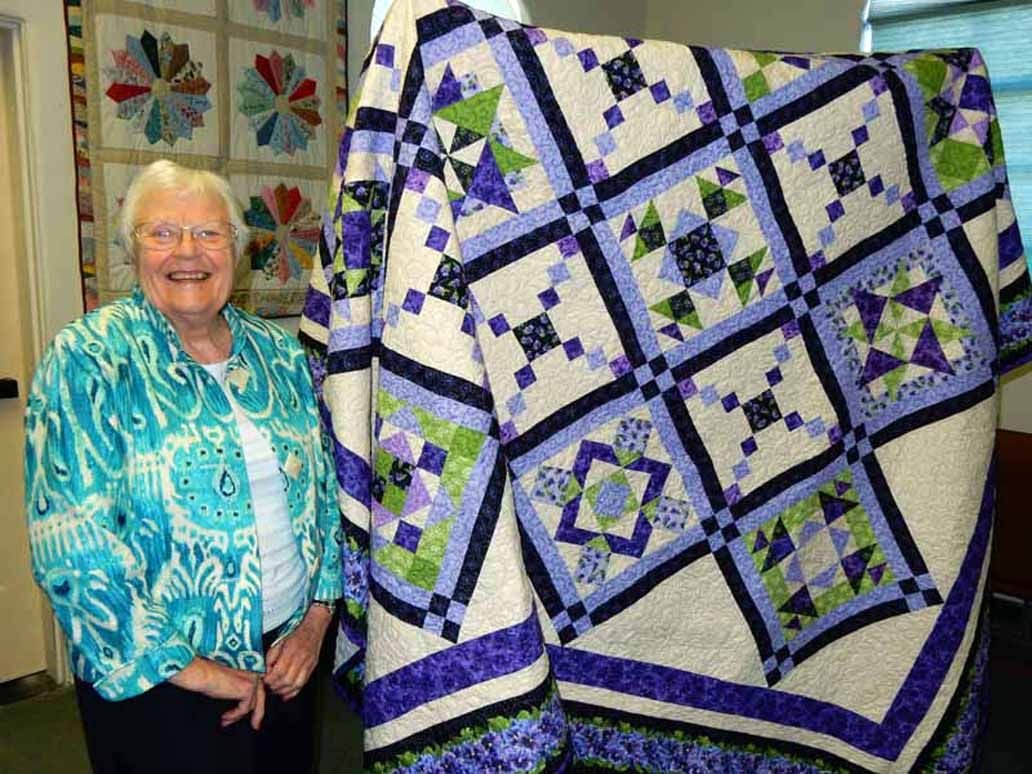In a somewhat rare occurrence, both Eastern and Western
Christians will be celebrating the central feast of their faith
(the commemoration of the resurrection of Jesus Christ) on the same
date this year, April 11.
In a somewhat rare occurrence, both Eastern and Western Christians will be celebrating the central feast of their faith (the commemoration of the resurrection of Jesus Christ) on the same date this year, April 11.
The principle of calculation of Easter is complicated. At the Council of Nicea in 325 A.D. the assembled bishops from around the world decided that Easter should fall on the Sunday that follows the first full moon of spring. But Western (Roman Catholic. Lutheran, Episcopal, etc.) churches use the 16th century Gregorian calendar, while Orthodox (Russian, Greek, Serbian, etc.) churches generally use the much older Julian calendar, causing celebrations to usually differ by several days or even weeks.
In 1997 representatives of both branches of Christianity met in Aleppo, Syria, to adopt a common date for Easter, using more scientific calculations. While these discussions haven’t resulted in success yet, a coincidence of nature has allowed both traditions to celebrate their most important holiday together this year.
Since Orthodoxy is not widely familiar in South County, the following is a brief description of some of the basics of celebrating the holiday according to its ancient traditions.
Lazarus Saturday and Palm Sunday ( April 3 and 4) commemorate the raising of Jesus from the dead and his triumphant entry into Bethlehem. On Sunday palm-leaf crosses are blessed and sent home with worshipers. In some countries Bay leaves or pussy willow branches may be substituted.
Holy (Passion) Week follows with each day devoted to remembering different events in the last week of the life of Jesus. Remembrance of the Passover Supper is on Thursday, for example, and Holy Friday commemorates the removal of Jesus’ body from the cross and its burial. That day is reserved for prayer, Bible reading, and meditating; for some it is traditional to eat lentil soup with vinegar in remembrance of the sour wine offered to Jesus on the cross.
Holy Pascha (the Greek name for Easter, based on the Greek word for the Passover) is the “Feast of Feasts” for Orthodox Christians. It begins late the Saturday night before in a service shrouded in darkness. At midnight a priest announces “Christ is Risen,” the congregations responds, “Yes, indeed he is risen,” and everyone lights candles before an icon showing Christ destroying the Gates of Hell. Sometimes fireworks are set off. After the service the faithful take their candles home to light candles in front of family icons.
Certain foods are traditional for Orthodox Christians at Easter:
• Red eggs are presented by the priest to members of the congregation at the end of the Paschal Divine Liturgy. The egg represents Christ in the tomb; red represents his blood; breaking the egg is symbolic of the resurrection.
• Lamb, the traditional main dish of the family meal, represents the Passover lamb sacrificed by the Jews in Egypt to save their first-born sons from the Angel of Death.
• Easter bread represents the sweetness of heaven and eternal life. It is often shaped with three ropes of dough entwined in a braid symbolic of the Holy Trinity.
Although there are presently no Orthodox churches in South County, some representing several different national traditions are located not far north: San Jose, Saratoga, Cupertino, Sunnyvale, Los Altos Hills.
Chuck Flagg teaches English at Mt. Madonna High School. Write him c/o The Dispatch, P.O. Box 22365, Gilroy, CA 95021.












